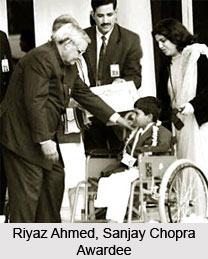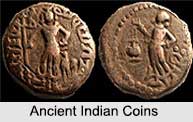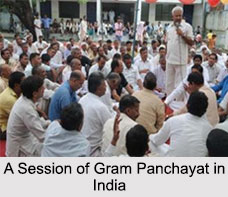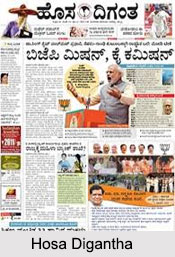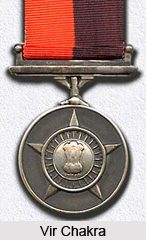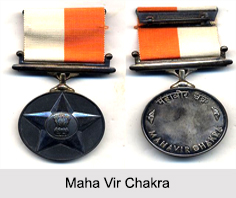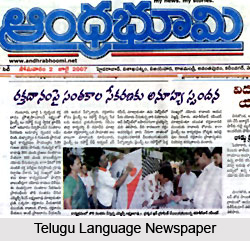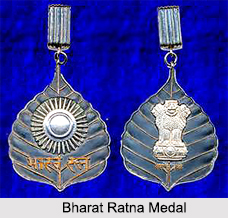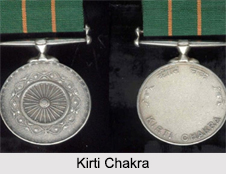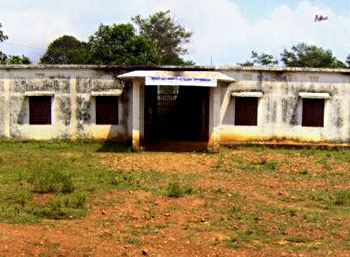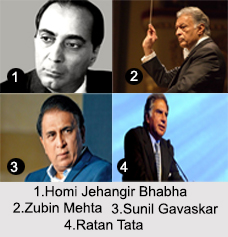Laws of ancient state were either sacred or secular. Sacred laws were based on sacred texts. Secular laws were based on customs and traditions. Neither the king nor the samiti nor Central-Assembly had any jurisdiction in the matter. In case the state had planned to bring about a forcible change in the customary law, it would have been overthrown in a short time. Traditional law was considered as sacred as divine law. In the age of smritis also neither the king nor the samitis exercised any judicial power.
According to Dharma sastras it was the king`s duty to enforce the dharma, as established by the sacred texts and accepted customs. It is the king`s duty to enforce the rules laid down in them and not to introduce any changes on his own. In the course of time, however, as the administration became more and more developed and life more and more complex, it began to be felt that the state should have powers to make its own rules and regulations. The rules in the old Dharmasastra and Nitisastra were not applicable for all contingencies. Changes were necessary both in the interest of the state as well as the subjects. According to Manu smriti the king had the power to pass administrative orders which had to be obeyed by the subjects. However these orders were in consonance with the Shastra and tradition. Yajnavalkya smriti also advocated that king`s orders were to be enforced by the law courts. Shukraniti states that King`s orders were related to established laws and customs and encouraged the subjects to respect the elders, to cultivate harmony in family, not to use false weights, not to commit misuse property, not to give asylum to thieves and not to produce false evidence.
These texts referred to proper discharge of duty by government servants and warned the subjects against talking about the king`s subordinates or revealing his policies. The state was expected to enforce the customs and laws mentioned in Dharmasastra. The state however began to be invested with some powers to make its regulations from about 3rd century B. C. When these powers were granted popular Assemblies had disappeared from the scene. Therefore these laws were exercised by the king after consulting with his ministers. The power of issuing royal decrees was not as extensive as the modern power of legislation. Personal, civil and criminal laws were determined by custom and the Smriti rules. However, in administration and taxation, kings could introduce several changes and reforms by the new powers that were assigned.





